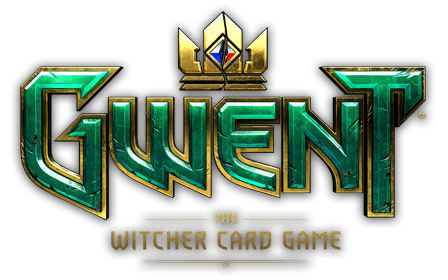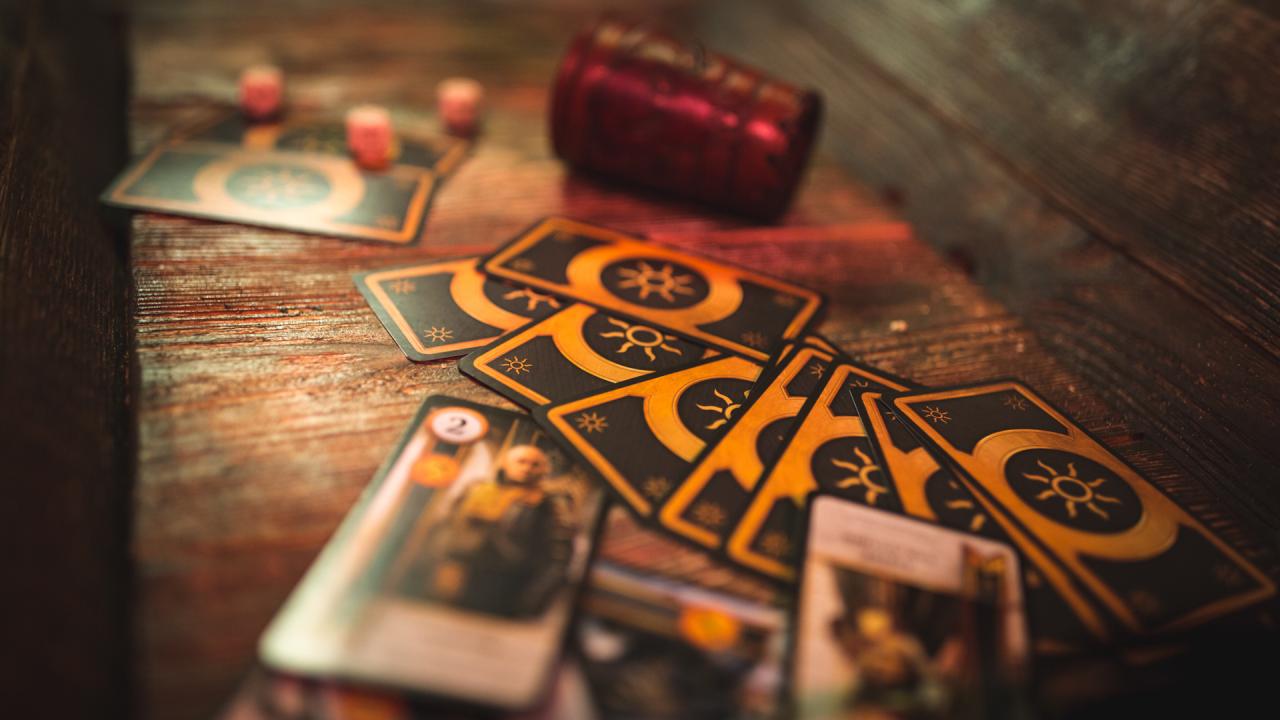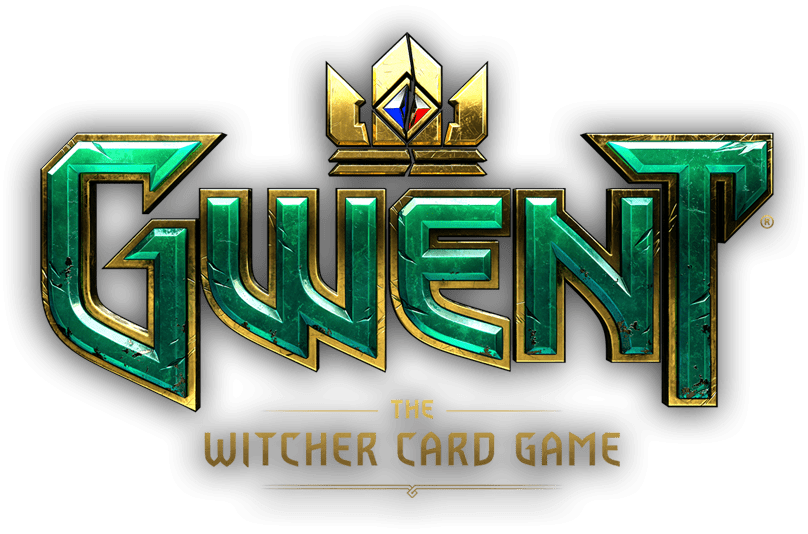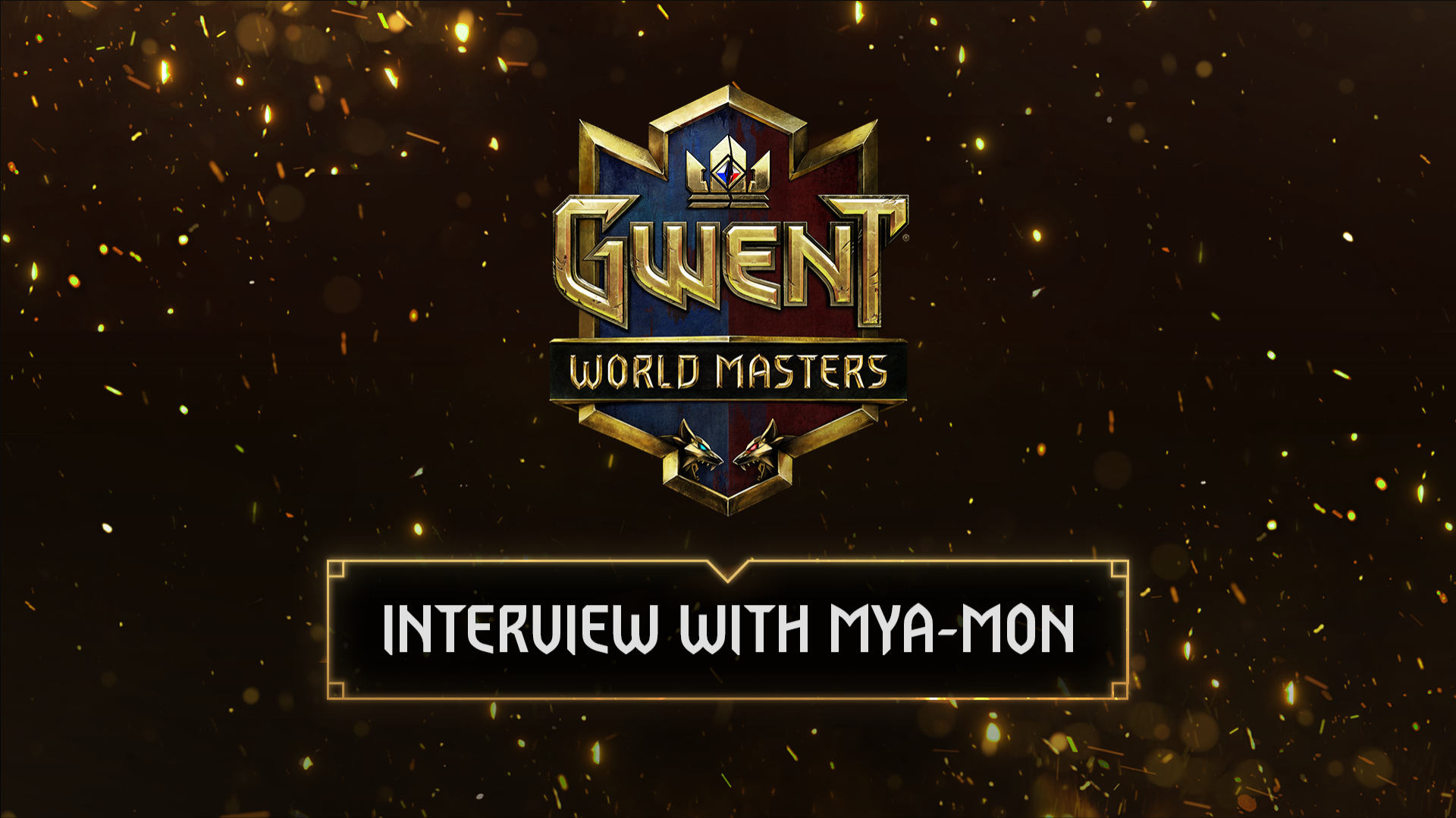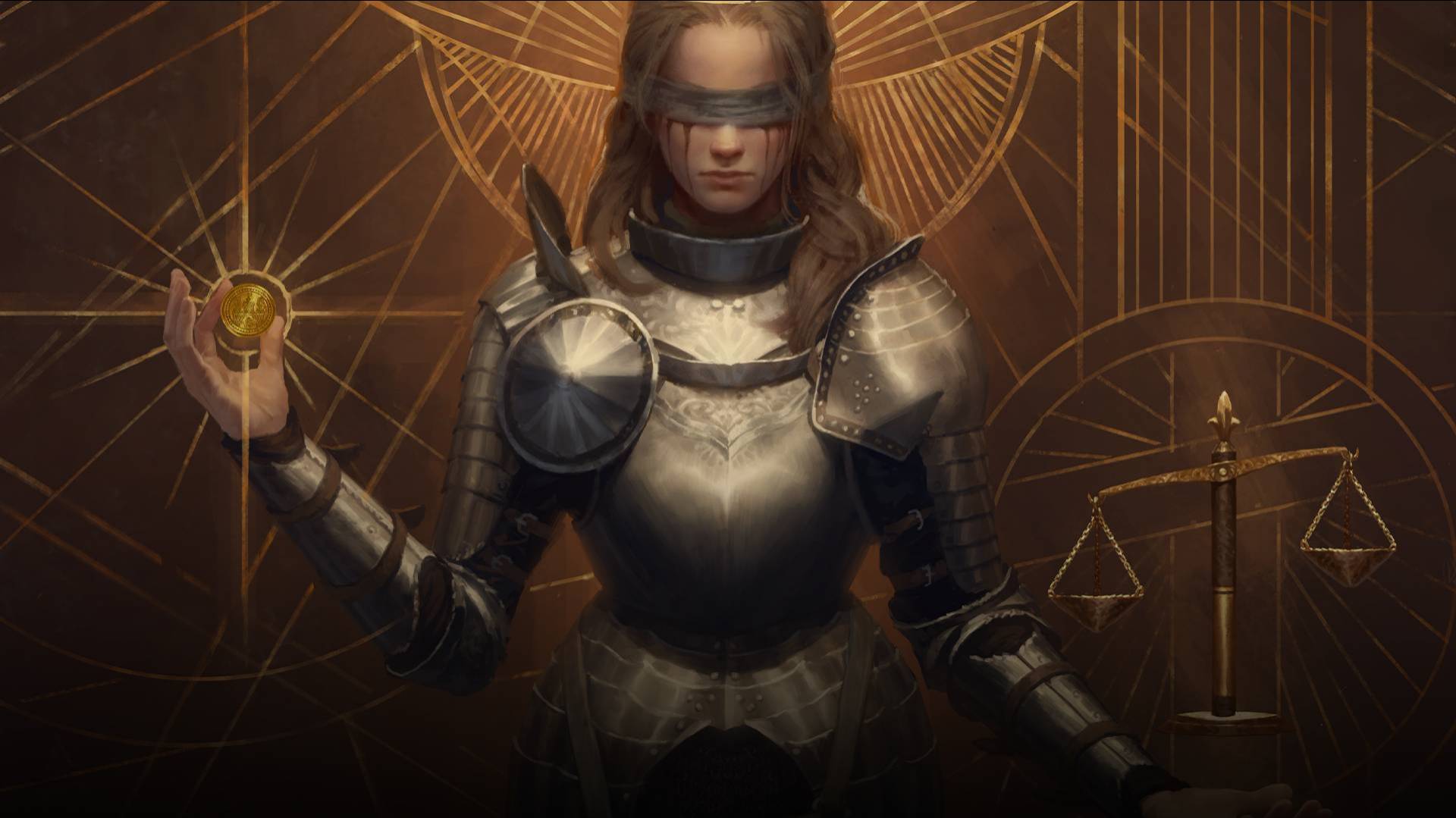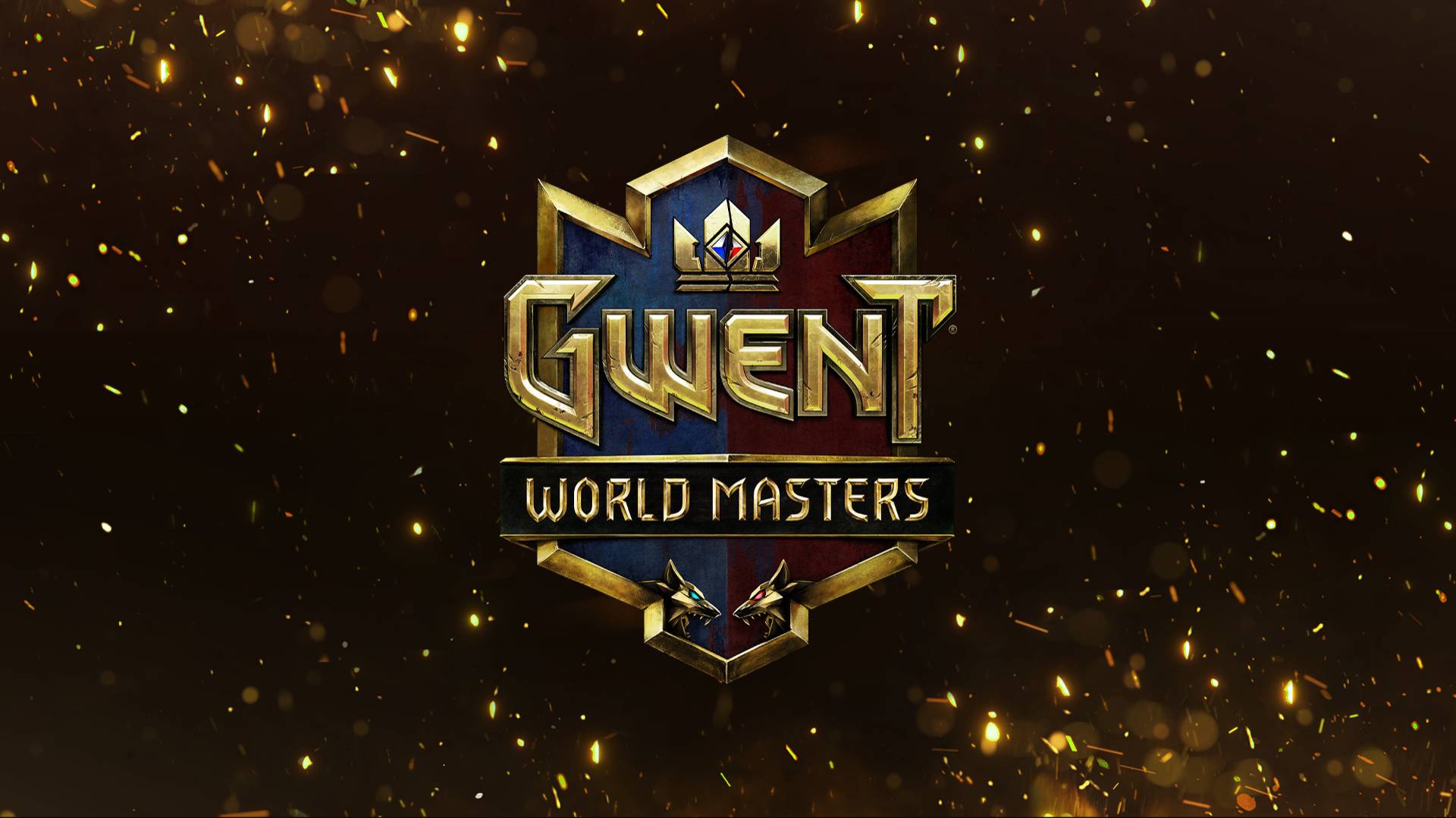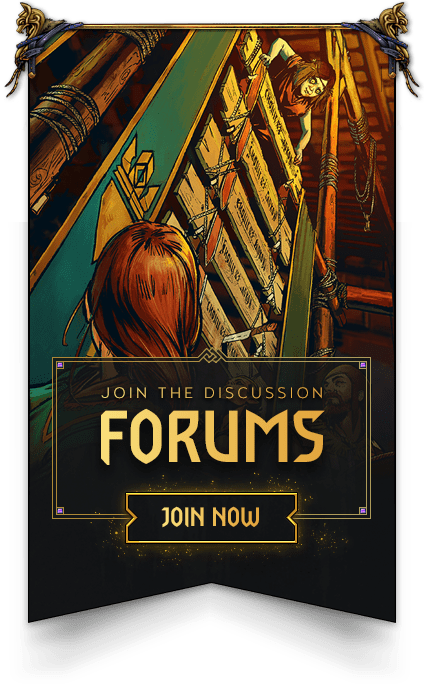by Francesca “Jaggerous” Jagger
GWENT Challenger is just around the corner — this weekend, April 28th and 29th, eight best GWENT players from around the world will compete for the lion’s share of a $100,000 prize pool! Tournament events are a great way to get a taste for competitive GWENT, and see how the game is played at the highest level. For newer and more casual players, this is also a fantastic opportunity to learn strategy. If you’re not yet familiar with cards or deck strategies, I’ve broken down the main archetypes for each faction to help you better understand the mechanics of The Witcher Card Game.
Alchemy
Faction — Nilfgaard
Typical Leader — Jan Calveit
Cards to Look Out For — Viper Witcher, Vicovaro Novice, Mahakam Ale, Ointment
This deck’s primary synergy works around Viper Witchers. These units deal damage for each Alchemy card in your starting deck. You can build a deck with lots of Alchemy cards so that these Witchers really pack a punch. Vicovaro Novice lets you see two random bronze Alchemy cards from your deck, then play one, and cards like Mahakam Ale allow you to buff a unit on each row. Ointment lets you resurrect a bronze with five or fewer strength and thus synergies well with units like Viper Witchers or Vicovaro Novices. This allows you to boost your own units while also dealing damage to, and potentially killing, your opponents’.
Baron Machines
Faction — Northern Realms
Typical Leader — King Henselt
Cards to Look Out For — Battering Ram, Siege Master, Bloody Baron, Dun Banner
This deck is about utilising machines to deal damage and kill your opponents’ units. Other machines may be used, but Battering Ram is a very standard choice. It deals damage to a unit and, if that unit dies, may hit additional one. This is great if you want to kill lots of small units. Its damage is also increased when placed next to a card with a “Crew” tag. Speaking of Crew units, Siege Master allows you to heal one of your machines and re-trigger their effects. You can use this to cause your Battering Rams to shoot again and deal additional damage. Henselt can then target a machine or Kaedweni ally on the board and play all copies of a unit from your deck. This makes Battering Ram and Siege Master both viable Henselt targets. It also means that when you play Henselt, you can deal a lot of damage and kill a lot of units in a short span of time. Third round typically sees Bloody Baron played. This unit gets stronger for each of your opponents cards that you kill. Thus, after killing lots of units with your machines, Baron is a great finisher to cinch the last round.
It’s also worth mentioning Dun Banner. This bronze unit comes out of your deck if your opponent has a lead of more than 20 points. Machines players often try to utilise it to play their card advantage spy (Thaler), give points to their opponent, and try to put them over 20 points ahead. This action will trigger the Dun Banner to come out of the deck, closing the gap and thinning their deck. As it’s played automatically however, Dun Banner is not a card you want to draw into your hand. Keep an eye out for it during the Mulligan.
Greatswords
Faction — Skellige
Typical Leader — Crach an Craite
Cards to Look Out For — An Craite Greatsword, Dimun Light Longship, Priestess of Freya, Dimun Corsair
Greatswords is an engine deck which, like the name implies, revolves around the An Craite Greatsword. This unit gains two strength after two turns if it is damaged. This can be paired with the Dimun Light Longship. The Longship damages the unit on its right, and boosts itself by two. So, if you put a Light Longship next to a Greatsword, you can set up a system which damages your Greatswords, causing them to strengthen, while also gaining points for your Longships. The Greatswords do not lose their strength when they go to the graveyard, and can be resurrected with Priestess of Freya, giving you a large boost of points. Our last important card to keep an eye out for is Dimun Corsair as it allows you to resurrect machines like your Longships. With these two resurrects, you can always rebuild your engines should your opponent remove them from the board.
Cursed
Faction — Skellige
Typical Leader — Bran Tuirseach
Cards to Look Out For — Berserker Marauder, Tuirseach Bearmaster, Olgierd Von Everec, Morkvarg
This deck utilises synergies with the “Cursed” card tag. Berserker Marauder is a 9-point card which boosts self by one for each Cursed or damaged unit on the board. They also sport a “Cursed” tag themselves. That means that if you can play a lot of Cursed units, your Marauders will become fantastic power plays. Tuirseach Bearmaster is a one point card which spawns an 11-point Cursed Bear. For a bronze, this is a high value play, and also adds Cursed units to your side of the board. Similarly, both Olgierd and Morkvarg are Cursed. When discarded, Morkvarg instantly resurrects with half strength, whereas Olgierd does so at the beginning of next round. Bran can be used to discard these from your deck in order to utilise their resurrect effects. This gives you access to recurring Cursed units across multiple rounds, which greatly synergises with Marauders.
Deathwish
Faction — Monsters
Typical Leader — Dagon
Cards to Look Out For — Archespore, D’ao, Griffin, Cyclops
Monsters Deathwish benefits from killing its own units. Archespore is a great engine card which moves to a new row every turn, and shoots a random enemy, dealing one point of damage. When killed, it deals four points of damage to a random opponent. All of the above makes it a fantastic unit to set up attrition points. The six point D’ao is the main bread and butter of the “Deathwish” tag. While it may not look like much, its Deathwish spawns two 4-point Lesser D’aos. As Griffin can be used to trigger a units Deathwish without killing it, the card can add Lesser D’aos to the board without killing the D’ao itself, making it a massive 17-point play. Alternatively, Griffin can be used to deal damage off of an Archespore. Cyclops kills one of your own units, then deals damage based on that unit’s strength. A great strategic move is to use Cyclops to kill a unit and trigger the Deathwish, while also dealing damage.
Consume
Faction — Monsters
Typical Leader — Arachas Queen
Cards to Look Out For — Nekker, Nekker Warrior, Forktail, Vran Warrior, Slyzard
Nekkers are a staple Consume card. They boost by one every time you play a Consume effect. This occurs whether they’re in your hand or in your deck. Furthermore, the Nekker has a “Deathwish” tag, so when it dies — it pulls another Nekker from your deck. You can only have three Nekkers to begin with, but that’s where Nekker Warrior comes into play. It lets you target a bronze unit and add two copies of it to the bottom of your deck. The strategy is to duplicate Nekkers into your deck. Then, when Consume effects are played, every Nekker you own gets a boost. Let’s briefly look at some other Consume cards — Forktail can consume two units on your board and boost by their strength, Vran Warrior consumes a unit to the right every two turns, again, boosting by their strength. Both of these may be used to boost your Nekkers and also to put units into the graveyard. The graveyard units can then be consumed by Slyzard. Slyzard doesn’t boost itself, but it pulls a copy of the consumed card from your deck. You can consume a Nekker Warrior, then use Slyzard to get more copies of your Nekker Warrior from the deck, and duplicate more Nekkers. Similarly, Slyzard can consume a Nekker from the graveyard, and pull a boosted one from your deck. The main aim is to duplicate Nekkers, boost them with Consume effects, then eat the Nekkers on the board to gain points, pull more Nekkers and so on.
Elf Swarm
Faction — Scoia’tael
Typical Leader — Brouver Hoog
Cards to Look Out For — Half Elf Hunter, Elven Scout, Aelirenn, Vrihedd Officer, Vrihedd Vanguard, Wardancer
This deck likes to play elves. Lots of elves. Half Elf Hunter is a 6-point elf which spawns a copy of itself when played, giving you 12 points and two elves. Elven Scout is another elf which creates a Scoia’tael unit that is not in your starting deck. Often, within the choice of three cards will be another elf. So, this card is potentially two of them. Once you have five elves on the board, Aelirenn is automatically pulled out of your deck and onto the board, for an additional elf, and six extra points. Accumulating a lot of elves, the player is likely to play the Vrihedd Officer/Vrihedd Vanguard synergy. The Officer is a unit which allows you to swap out a card from your hand, and boost itself by that card’s base strength. Vanguard is a card which, when played or swapped, boosts all elves on the board by one. You can swap the Vanguard using the Officer, boost all your elves on the board, and also boost the Officer by the value of the Vanguard. Or just play the Vanguard from hand to boost your elves by one. Ultimately, you’re playing a lot of elves.
There you have it! Seven deck archetypes to keep an eye out for during GWENT Challenger. It will be interesting to see which decks each competitor chooses to bring, and also, what they decide to surprise us with! Challenger is taking place this weekend, April 28th and 29th. You can watch all the action on the CD PROJEKT RED Twitch channel, beginning at 4pm CEST each day, live from the “Wieliczka” Salt Mine!
